What is the AHSEC Physics Practical Syllabus
With the Assam board HS exams right around the corner, students studying under the Assam Higher Secondary Education Council (AHSEC) should be anxious to finish the curriculum, as well as the teachers. Today, we present to you the AHSEC physics practical syllabus in detail with explanations. Armed with this, you will be able to know exactly what they will expect out of you in the exam.
The education system in Assam is handled by two governmental bodies ‒ the AHSEC and the Board of Education, Assam. AHSEC handles the upper secondary or higher secondary classes (XI and XII), while SEBA handles classes primary to 10th grade. The system is well-formatted to handle the coming requirements of the New Education Policy 2022 .
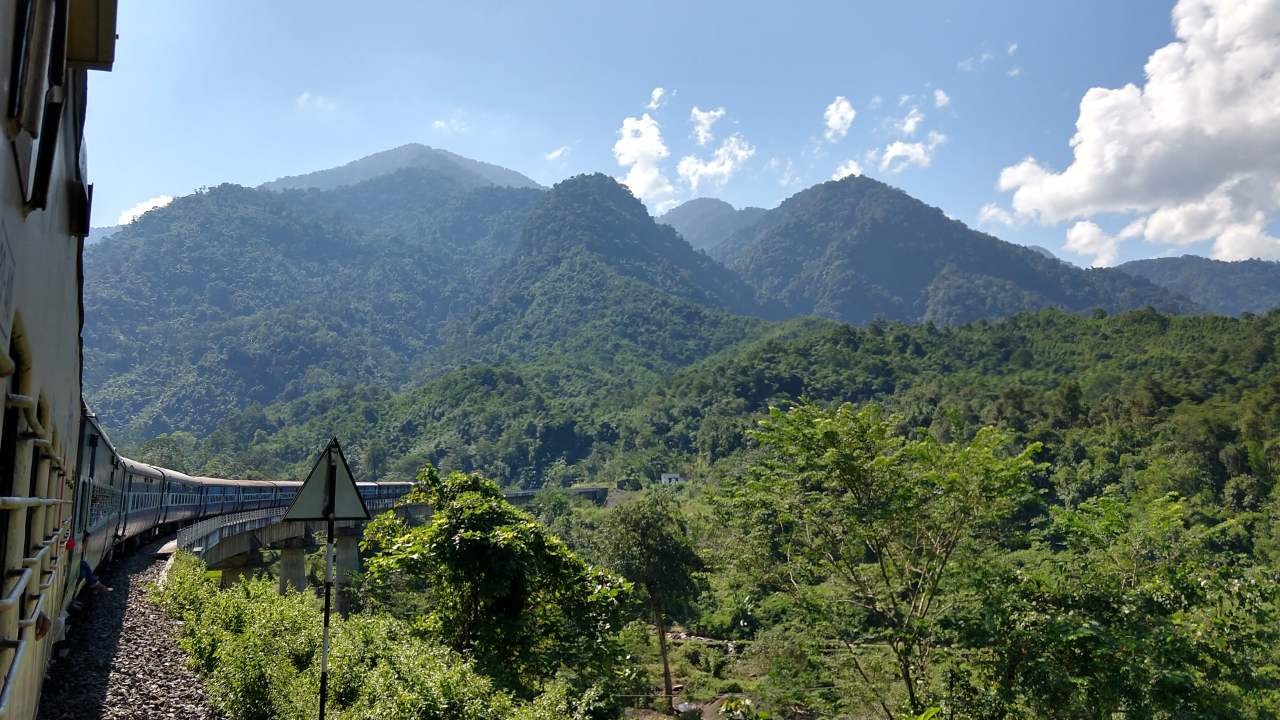
Assam board HS council divides the physics curriculum into two parts ‒ theoretical and practical. The theoretical part includes a lot of important knowledge, but the problem with modern education is that nowadays pertinent skills come from hands-on learning only. This is why the practical bit of the syllabus is so important.
However, not all schools complete all the experiments in the practical syllabus. Doesn’t matter what reason there may be, at the end the students may feel incomplete compared to other boards or schools that do complete the syllabus. So, you should go over the following curriculum and see which experiments and observations you need to complete. Labkafe can help you with the rest, or revisions of the same if needed.
The AHSEC physics practical syllabus itself is divided into two parts ‒ sections A and B. Each student, at the time of the yearly examination, has to submit a record. The record has to include the reports of the following:
- Records of 15 experiments minimum. This will include experiments from both sections, at least 6 of them from each section. This makes 12 experiments, and three more you need to do from any section as you prefer. (We, however, recommend that you complete all of them, if your future includes physics or science in any way). The students would perform these experiments and they would create a report on each.
- Records of 5 activities minimum, with two from each section at least. The teachers will perform these activities, while the students create their own reports on what they saw.
- A student will also create a project report for the project they would undertake.
In the practical examination, there will be 3 hours of time to complete two experiments that you’ve covered, for 8 marks each. After this, you will have to give your practical record, which is marked for 6 marks. The project work you’ll present is valued at 3 marks, and a viva session on everything above for 5 marks.

AHSEC Physics Practical Experiment List
As mentioned above, the Assam board physics practical is divided into two sections as follows.
Section A
Experiments
- Vernier caliper experiment:
- For measuring the diameter of a small cylindrical or spherical object
- For measuring the density of an object of a given mass
- Note: to do this, you will have to use the vernier caliper to find the dimensions of the object.
- To measure the volume of a given beaker or calorimeter
- Note: to do this, you will have to find the internal diameter of the given hollow object using the vernier.
- Screw gauge experiment:
- Measure the thickness of a wire (diameter)
- Measure the thickness of a sheet
- Measure the volume of an irregularly shaped object (lamina)
- Spherometer experiment:
- Measuring the radius of curvature of a large spherical object (can be partially spherical as well)
- Using a beam balance to find out the mass of at least two objects.
- Parallelogram experiment:
- Find the weight of an object using the law of vectors.
- Pendulum experiment:
- Plot L-T and L-T2 graphs.
- From these graphs, find the effective length of a seconds pendulum.
- Friction experiment:
- Find out the coefficient of friction between a block of wood and a horizontal surface (your lab workbench’s top would do fine), by plotting the relationship between the force of limiting friction and normal reaction.
- Plot the graph between the sine of a surface inclination and the gravitational force acting on a roller when it is placed on that surface.
Activities
- Making a paper scale of a given least count (for example 2 mm or 5 mm).
- Using the principle of moments to find the mass of a given body.
- Plotting a graph for some given data with proper error bars and scaling.
- Figuring out the force of limiting friction acting on a roller on a horizontal plane.
- Display exactly how the length of a water jet changes as you change the angle of the jet.
- Show how the motion energy falls in a seconds pendulum with a graph between amplitude squared and time.
Section B
Experiments
- Young’s modulus experiment:
- Find out Young’s modulus of elasticity for a wire in tension.
- Determine the force constant and effective mass of a helical spring in oscillation with a T2 vs m graph.
- Plot P-V and P-1/V graphs for some air at a constant temperature.
- Capillary Tube experiment:
- Determine the surface tension of local tap water.
- Find out the coefficient of viscosity for a sphere moving in a given viscous liquid, by measuring the sphere’s terminal velocity.
- Plot a ‘cooling curve’ for a hot body by recording time vs temperature.
- Sonometer experiment:
- Plot frequency vs length for a wire in constant tension
- Plot length vs tension for a wire at a given frequency
- Resonance tube experiment:
- Determine the speed of sound in air with two different resonance positions at room temperature.
- Specific heat experiment:
- Find out the specific heat of a given solid by mixture method
- Find out the specific heat of a given liquid by mixture method
Activities
- Plot a cooling curve for an organic solid (like wax).
- Show the effect of heat in a bi-metallic strip.
- Show the effect of heat on a liquid (change of volume).
- In the capillary tube experiment, display the effect of adding detergent.
- Display how different factors can affect the cooling rate of hot water.
- Note how a meter scale bends with a weight at its middle and at the end.

Assam Board HS Syllabus and Exams
The AHSEC will hold the higher secondary examinations from March 15 2022 to April 12 2022. Almost all tests will be held at half-past one in the afternoon. The practicals are supposed to be done by 10th March. Millions of students in Assam will sit these exams, and we wish our best to all of them.
All of the above experiments and activities in the AHSEC physics practical syllabus can be performed using Labkafe’s AHSEC Physics Lab Package. This special laboratory equipment and consumables package are custom-made for the Assam board syllabus, and best used for 30 students (although that can be easily customized). This lab package is mandatory for you if you’re trying to get an AHSEC affiliation. We have affiliation lab packages for other boards like CBSE ICSE IGCSE and other state boards.
For additional understanding of these physics laboratory experiments and activities, the Assam Higher Secondary Education Council recommends that you follow the NCERT Physics lab manuals which you can find here . We also recommend that you follow Labkafe’s Youtube channel to see live demos of these practicals.
Image courtesy: pexels, pixabay, unsplash
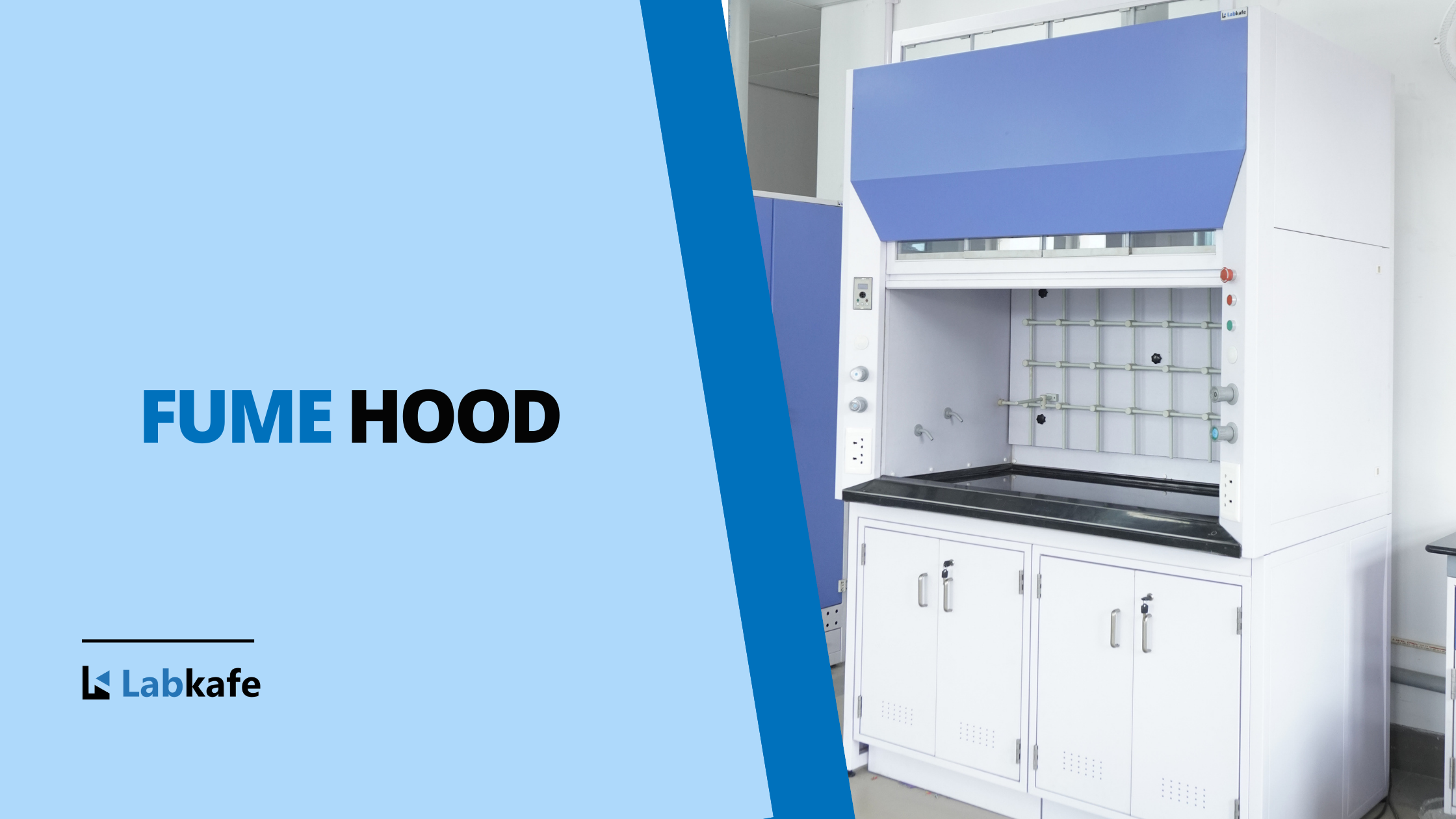
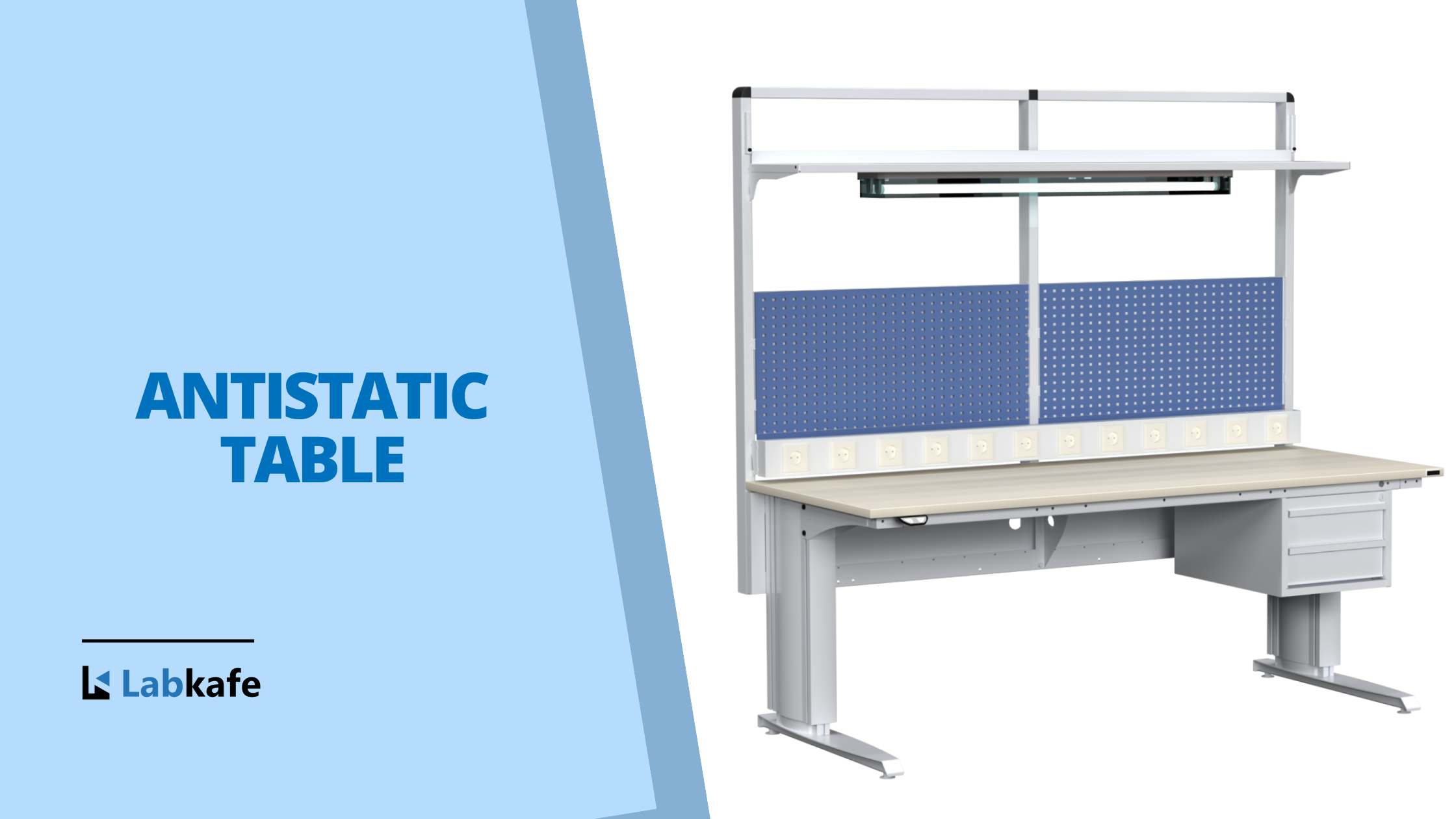
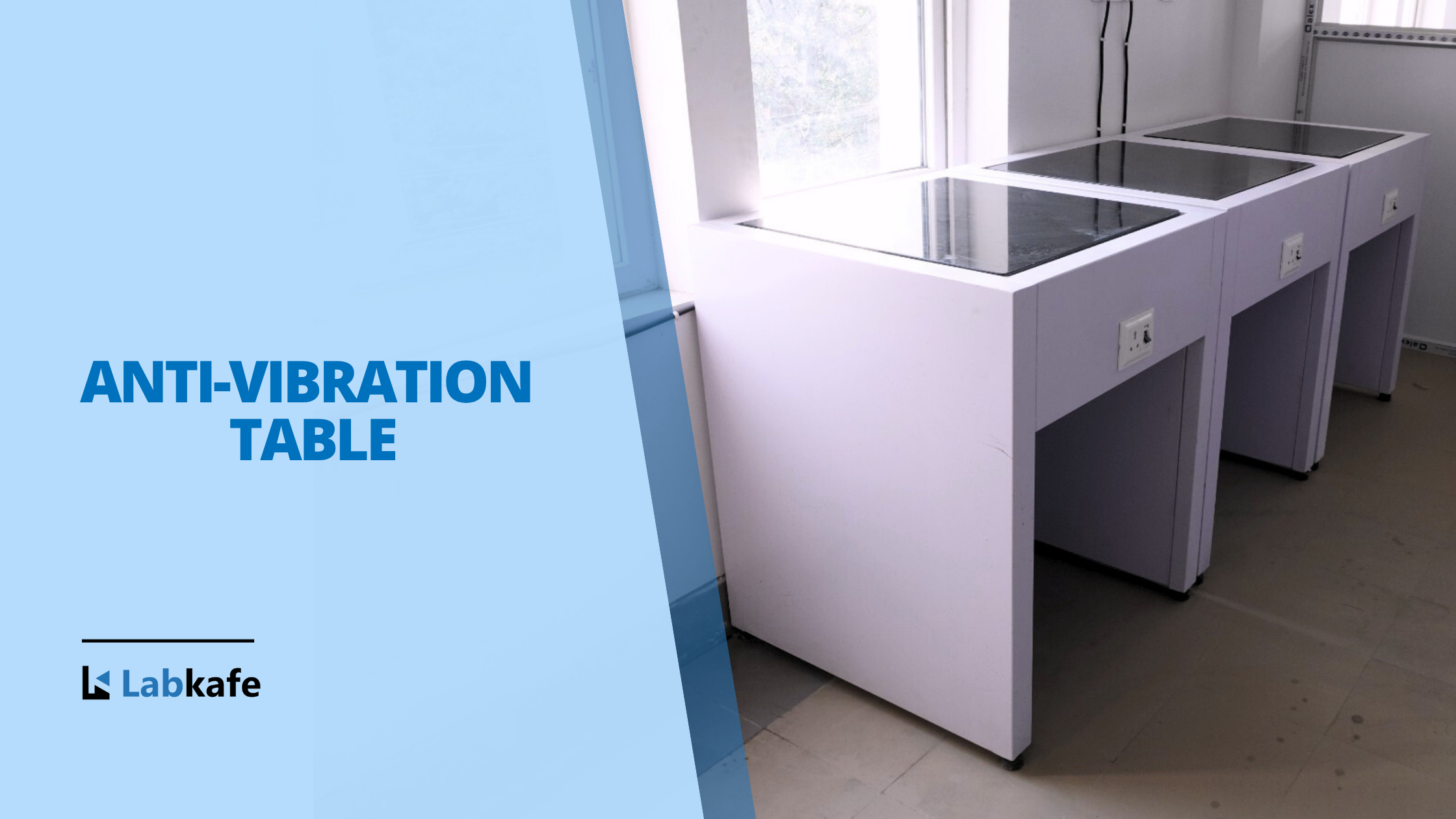
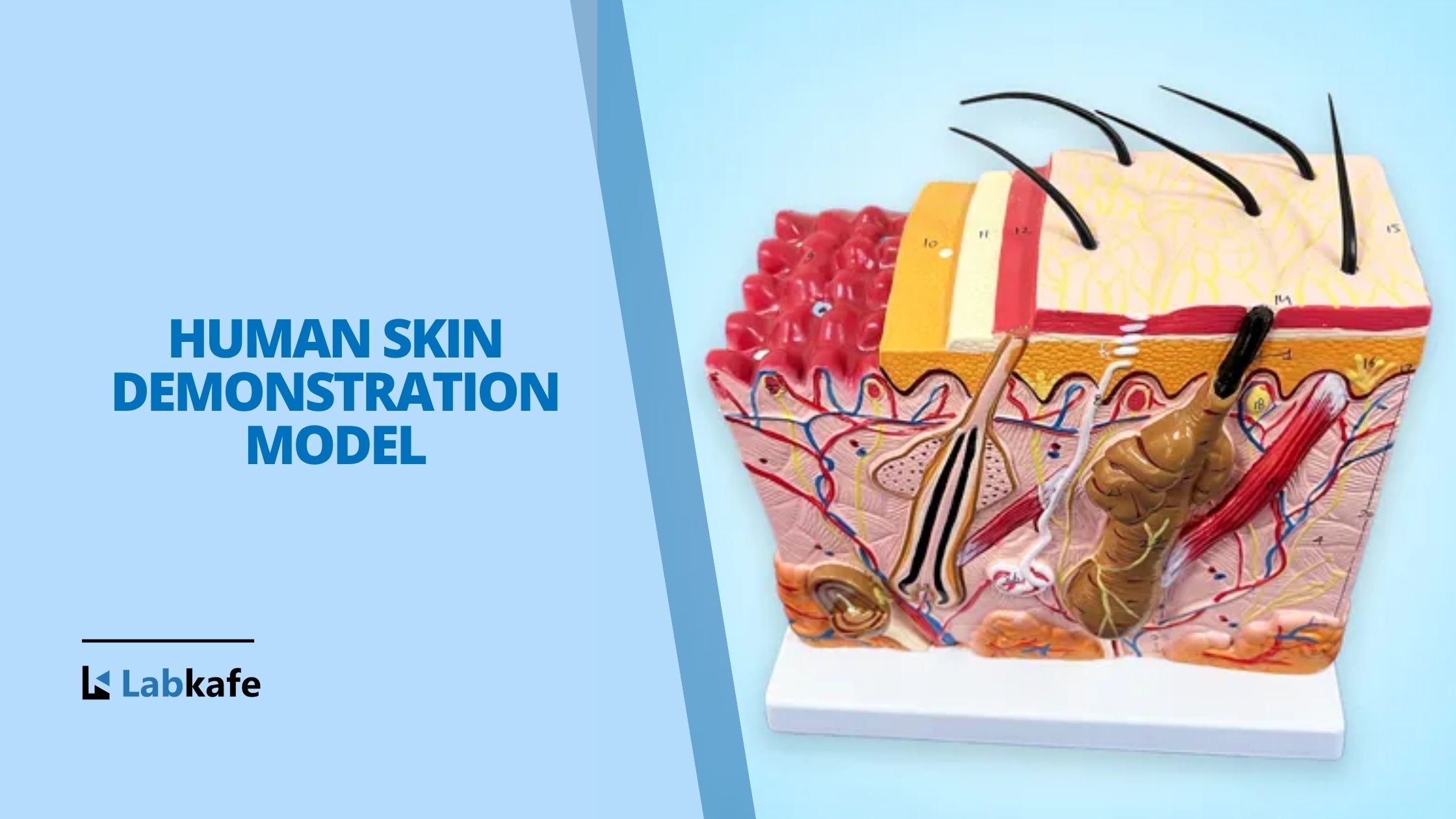
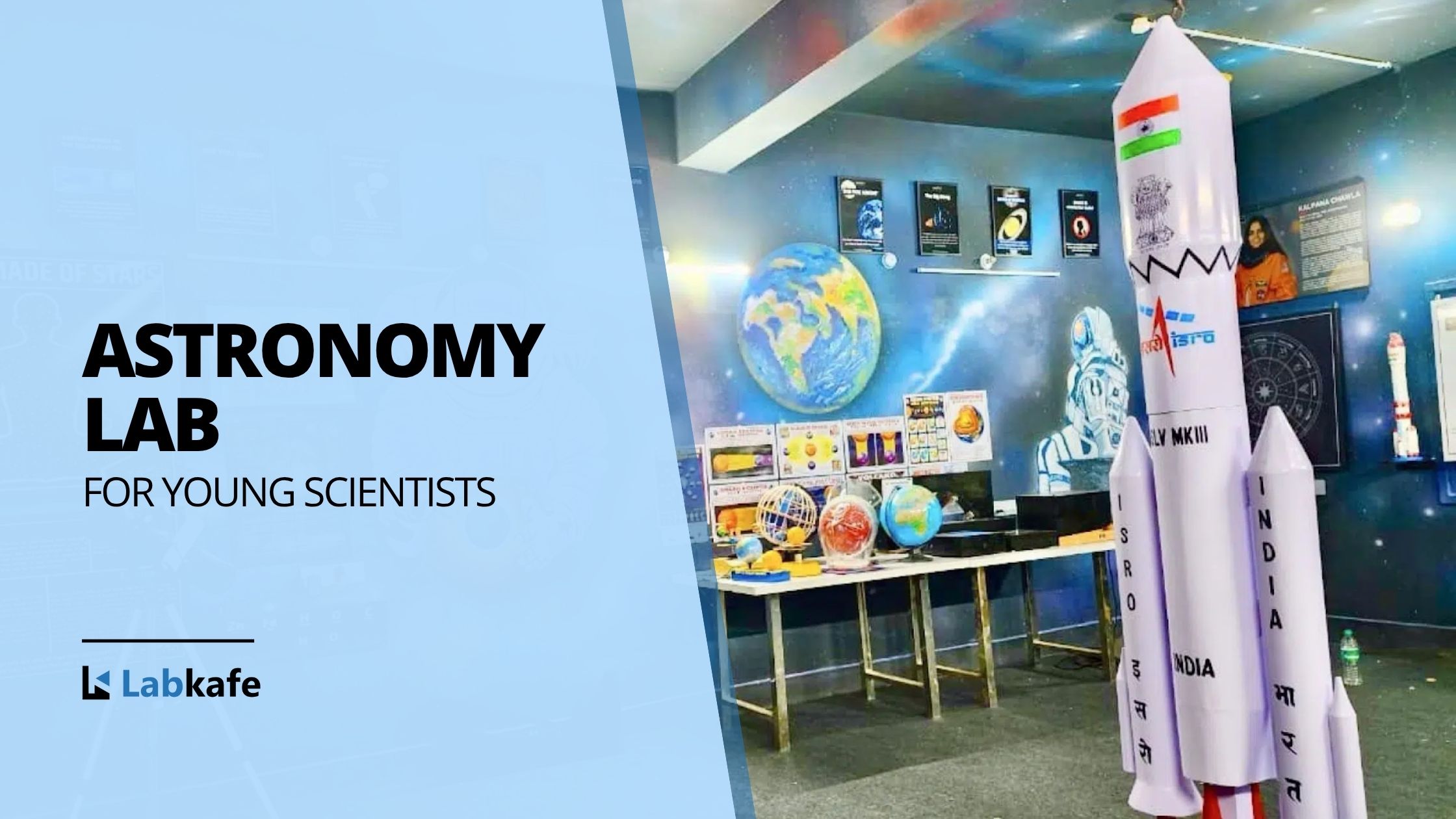
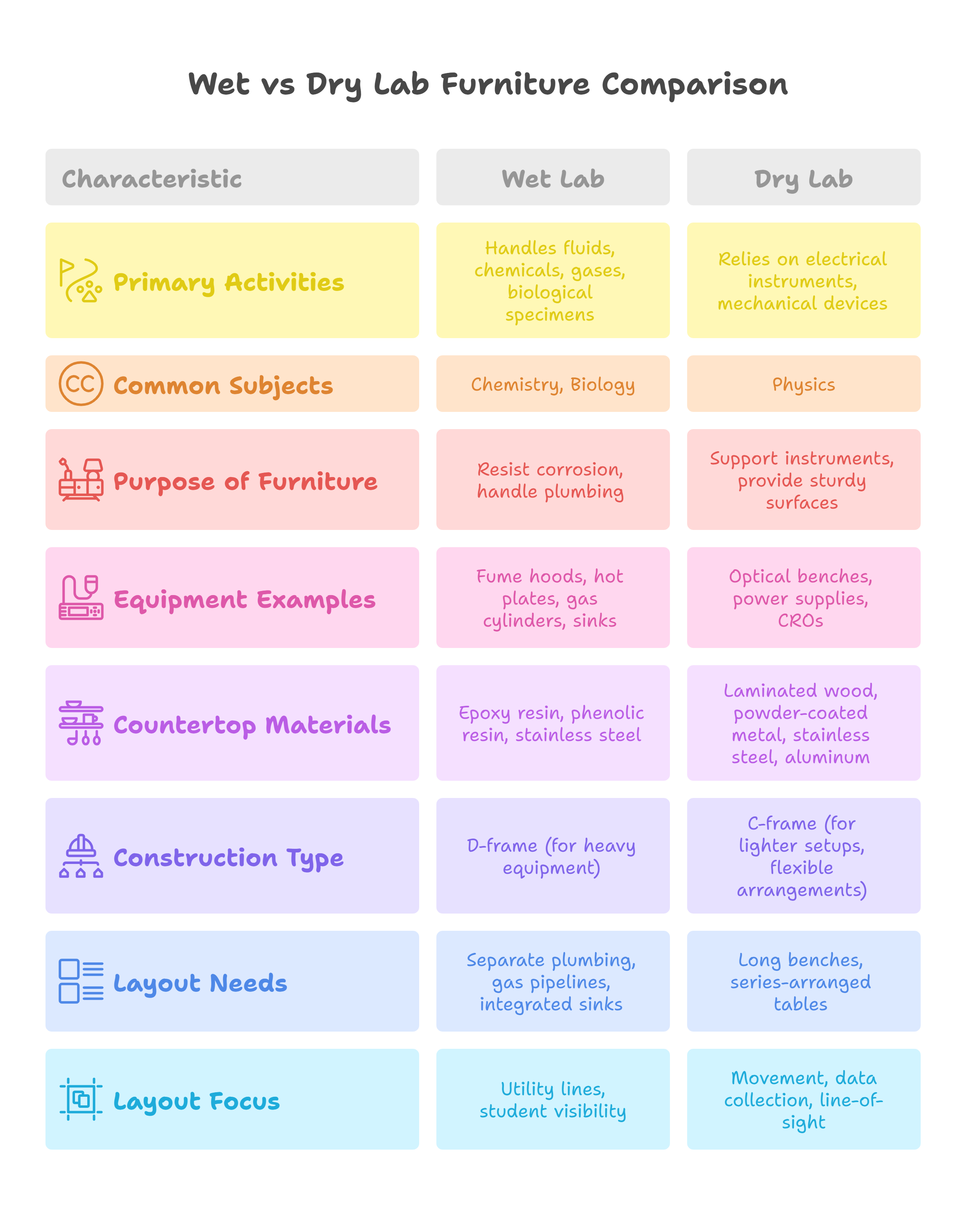
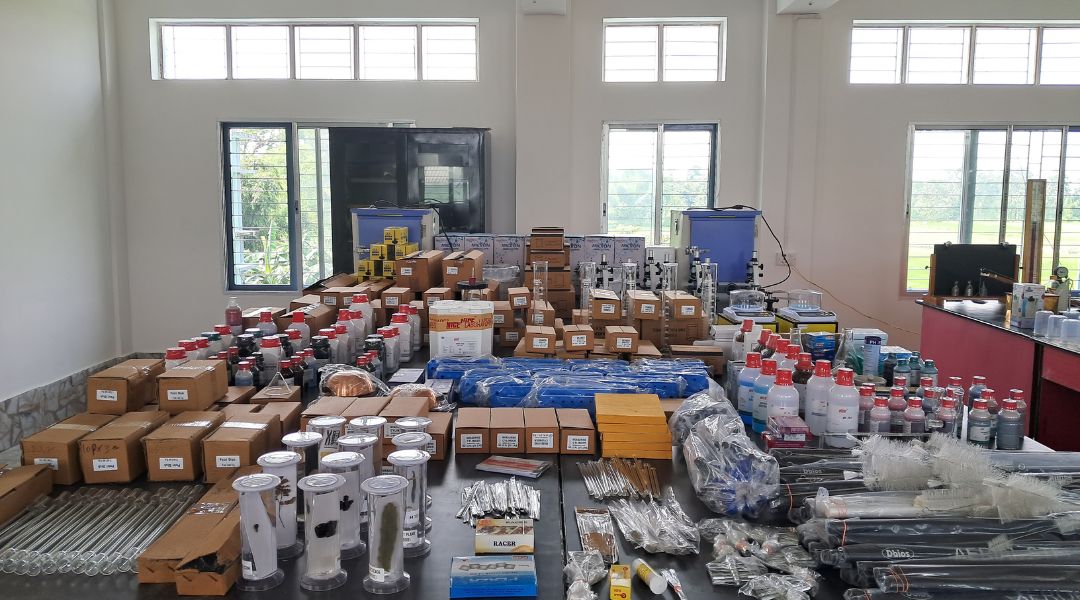
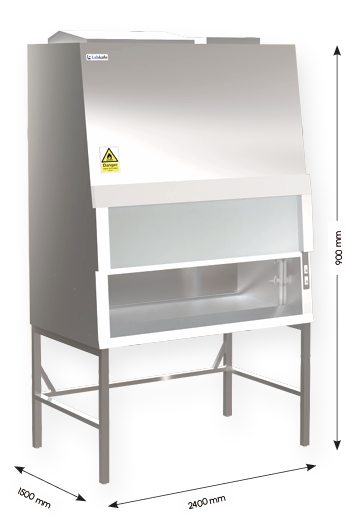
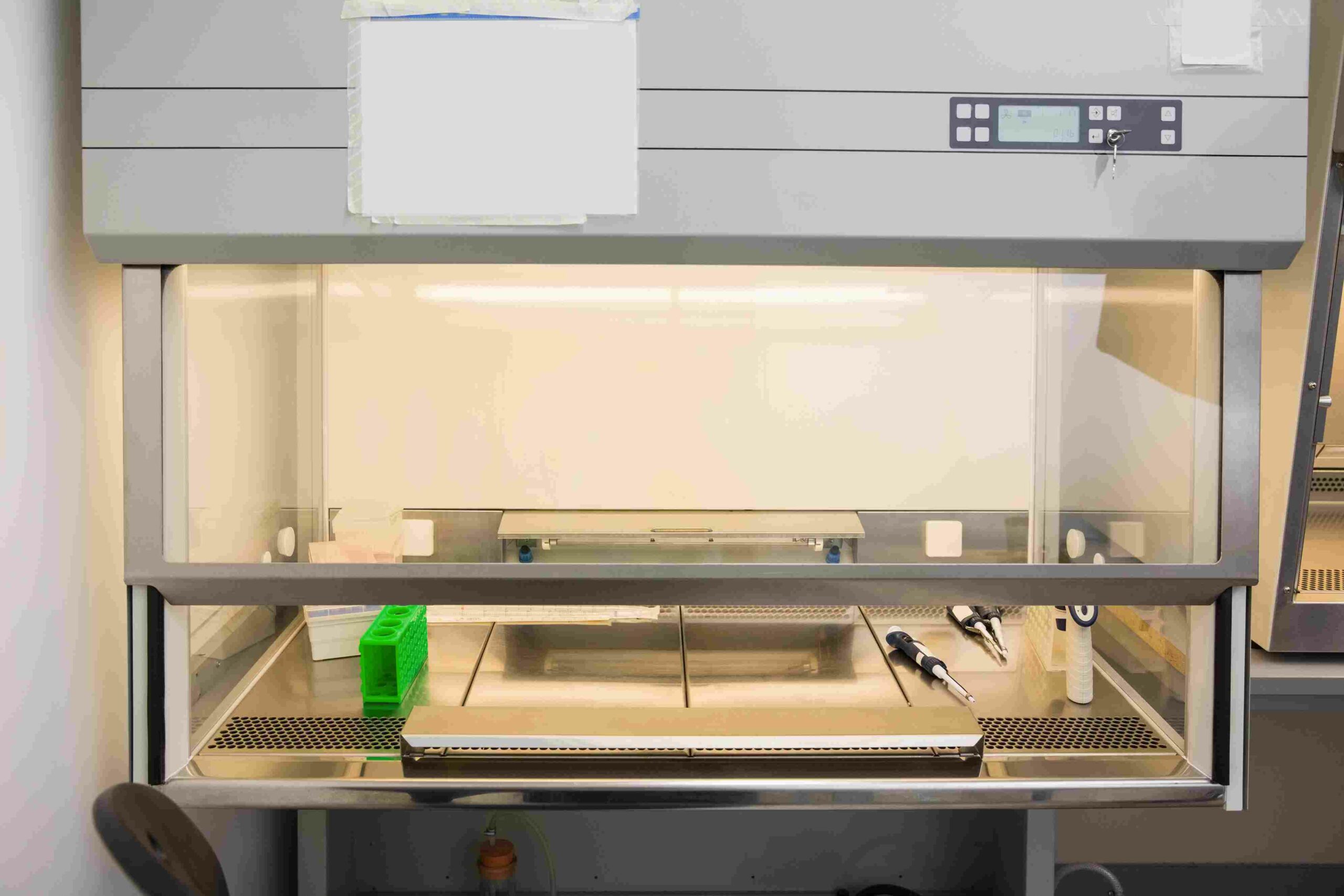
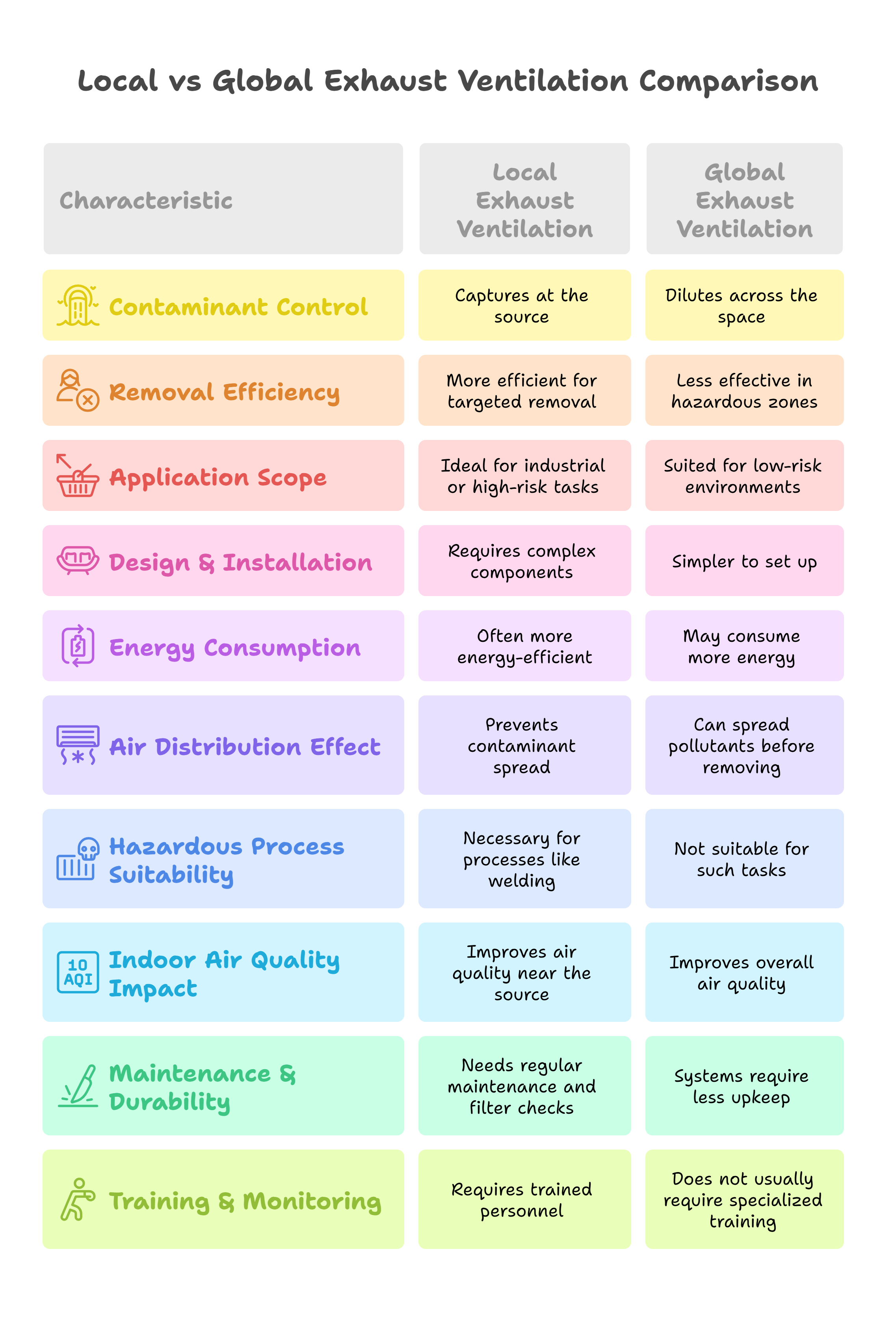
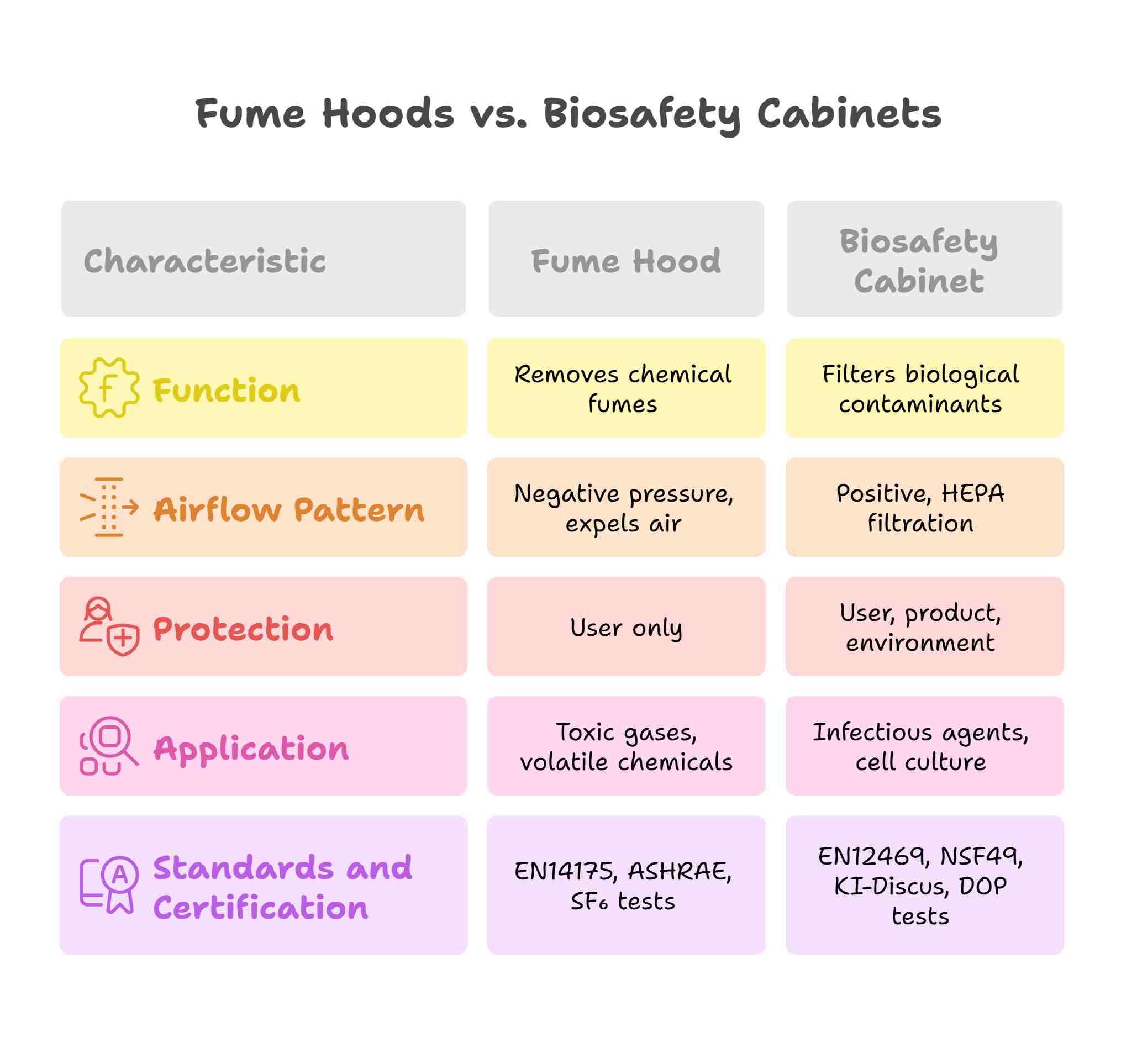
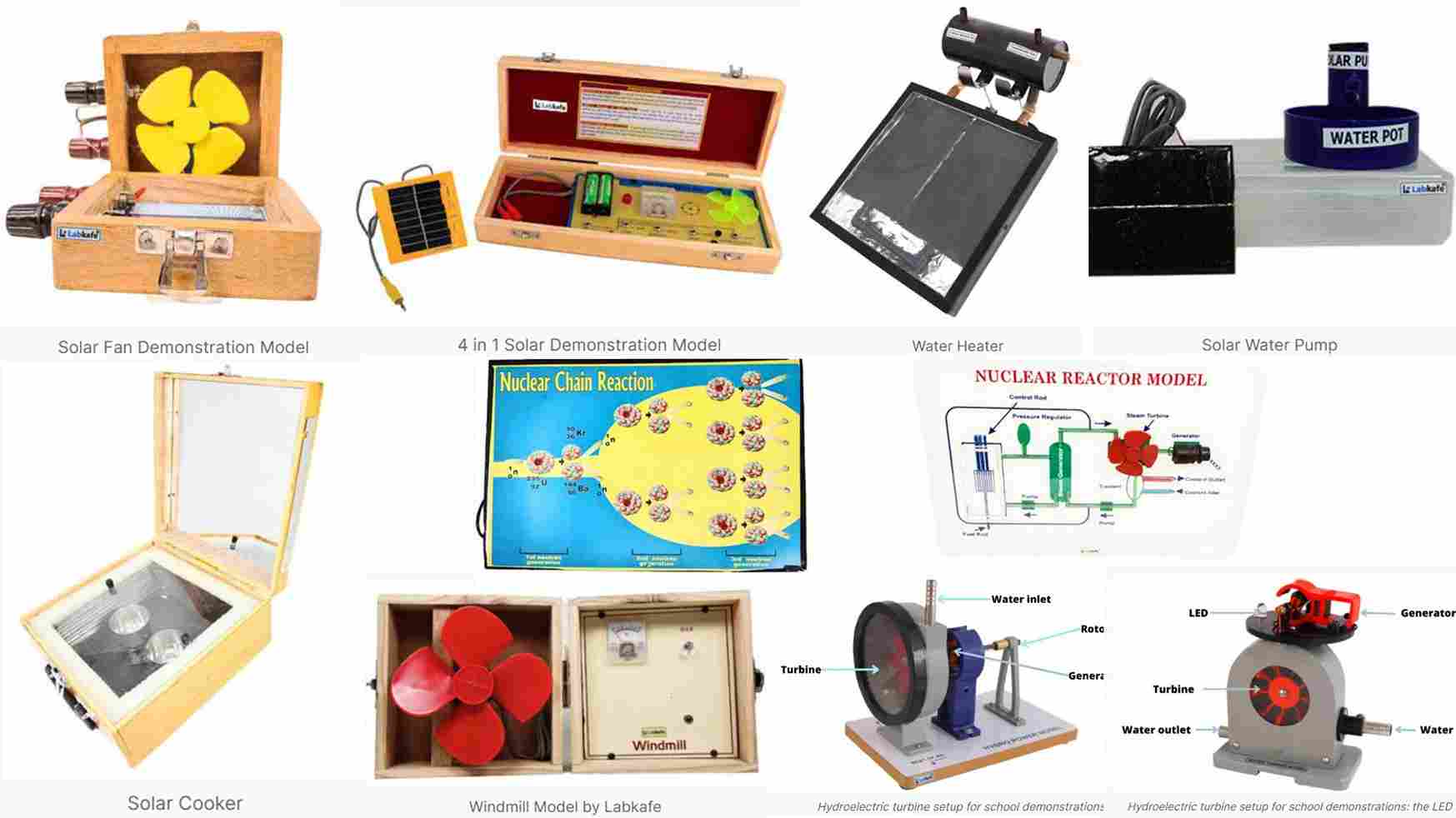
Leave a Reply